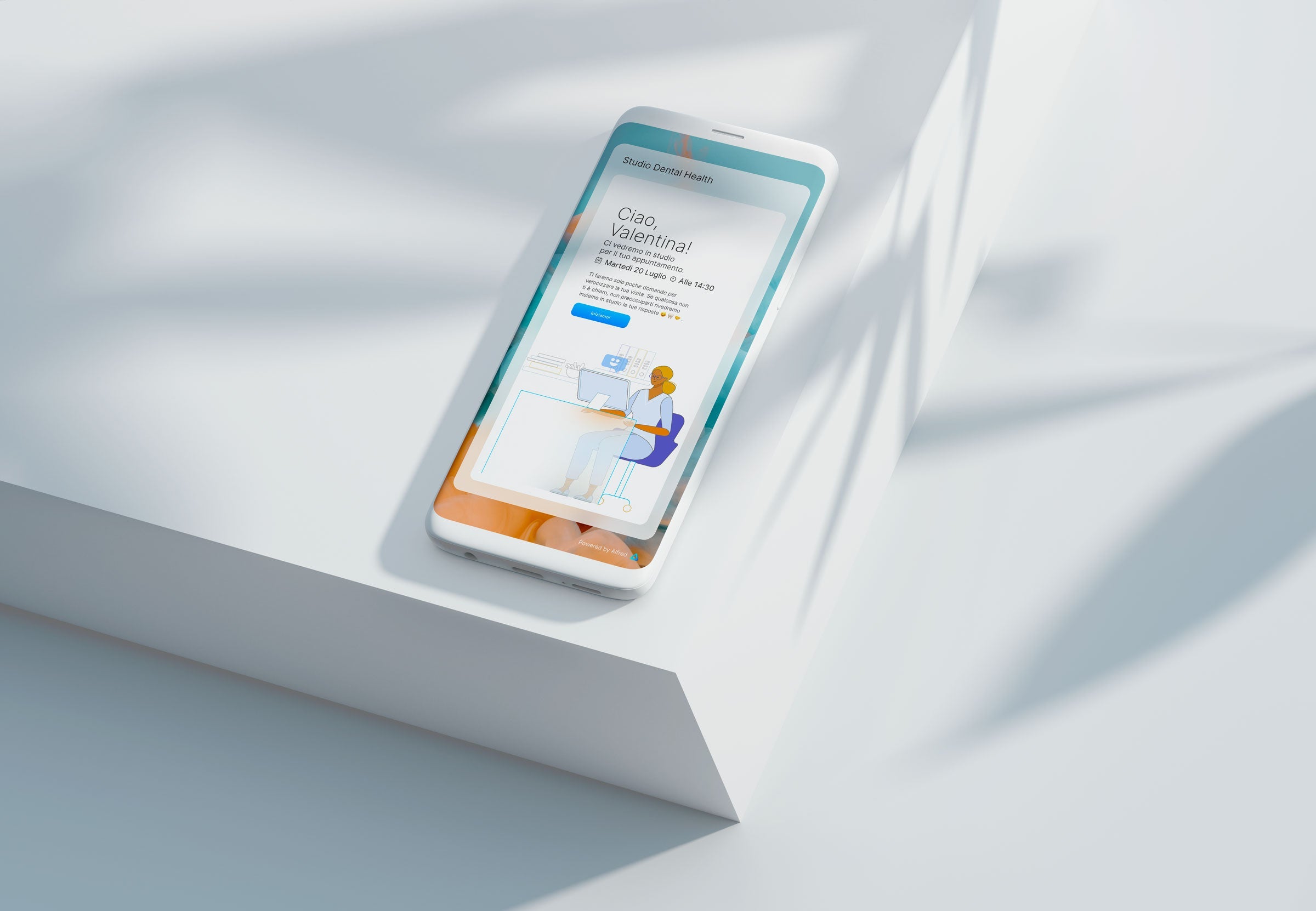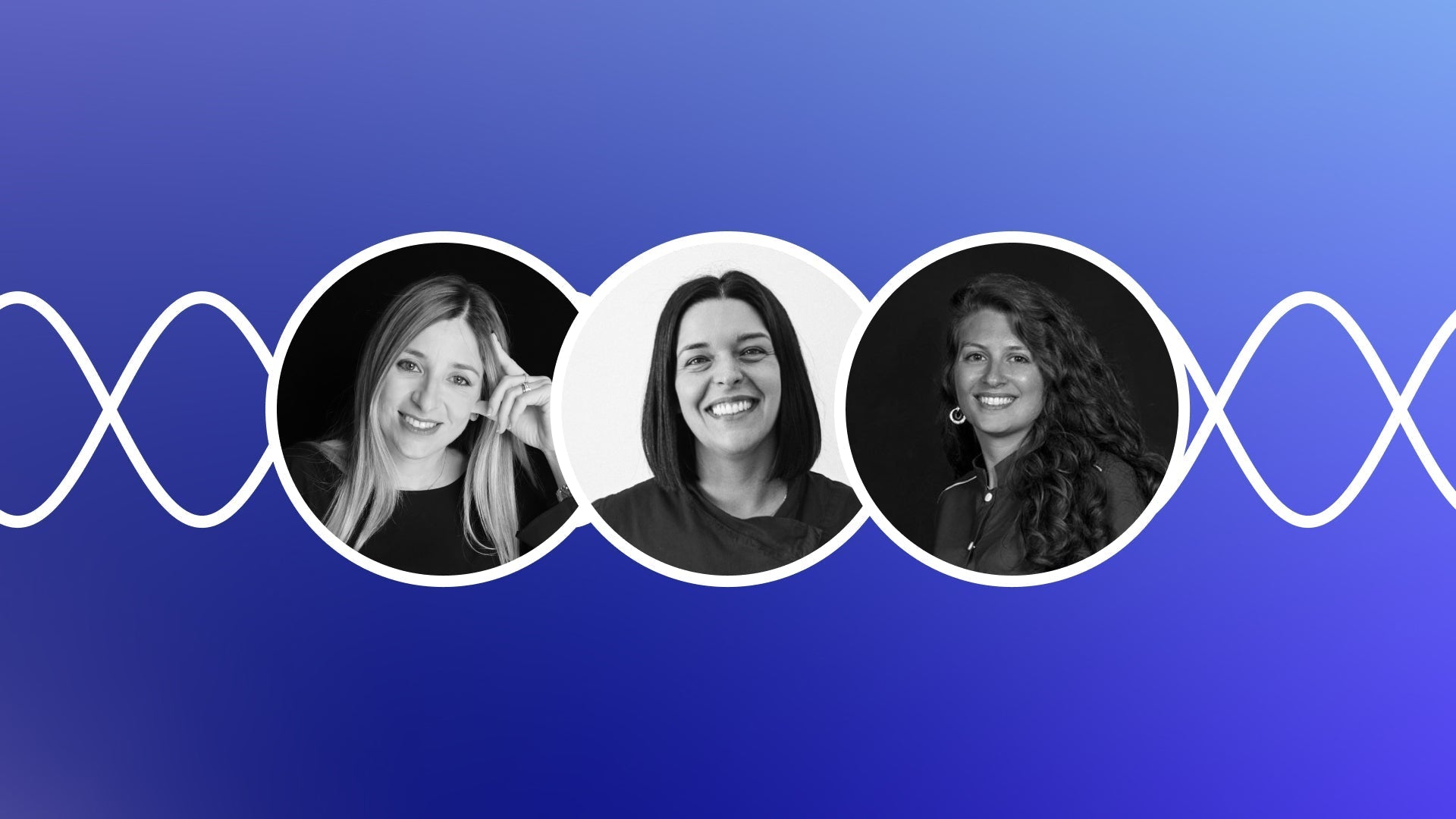A platform that collects data by generating real digital medical records that guarantee maximum transparency towards patients and allow the tracking of the work carried out by professionals, also useful for demonstrating the diligence of the operator and the correct application of guidelines and/or good clinical care practices.
The case involving a well-known television presenter who suffered a facial neurological injury after dental implant surgery has raised questions among both patients and dentists: what if it happened to me? How should I handle a potential post-surgery complication, or how should I defend myself from a charge of clinical malpractice? Artificial Intelligence is now available to help both patients and doctors. cloud-based like the Alfred system which allows you to archive not only the data relating to the intervention, but an unlimited number of health information useful for reconstructing the clinical case and proof against human error.
Who is Alfred?
This is a small revolution in the industry. While blood tests or any other diagnostic test provide the results in written or digital format, until now, everything in dentistry has been based exclusively on the trust between doctor and patient. The Alfred project, a software distributed by IDI Evolution, allows for greater transparency and, consequently, greater protection for everyone. This system ensures that the contents of medical records do not vary depending on the practitioner's sensitivity, needs, or level of specialization.

Alfred is a data processing and recording system that can store an unlimited amount of health information, creating a comprehensive medical record that not only includes the patient's medical history and medical-dental history, but also includes all data related to the procedure: a historical record that ranges from implant planning to bone density, and concludes with all relevant case material (X-rays, images, etc.). Furthermore, Alfred's completely online nature, unlike other management systems on the market, allows the system to be accessed from any device and features automatic updates.
The benefits for doctors and patients
There are many advantages for both doctors and patients. The use of computerized systems like Alfred, designed to collect and archive patient data using a uniform procedure across all dental practices, would standardize the structure of medical records across centers and facilitate their interpretation by professionals, thus improving the quality of service provided, even in terms of clinical performance. Especially when a new patient arrives at the practice, it is crucial to be able to reconstruct the patient's medical history and surgical and therapeutic procedures. Often, the patient is unaware of the work performed by their previous colleague, and this limits the ability of repeat practitioners to perform the procedure.
Protection in case of litigation
Furthermore, this system also allows dentists to have access to a vast amount of evidence to support their actions in the event of a dispute. This is not a given even when compiling medical records, as some research data reveals. An American study involving 120 dental professionals, for example, highlights how many practitioners underestimate the legal importance of compiling patient records and lack awareness of dental records. Given the legal risks looming over private dental practices, it would be appropriate to adopt a system for compiling and archiving clinical data that guarantees complete traceability of the patient's medical history, including the surgical procedures performed and the treatments prescribed.
A predominantly private profession
In Italy, 93% of dentistry is practiced privately, and 70% of practices are single-practitioner practices. This means that the average legal action taken against dentists is likely against independent practitioners with contractual liability. In this latter case, to obtain compensation, the injured patient must only prove that they received a service and suffered damages, and that this damage had a direct causal link to the procedure. On the other hand, to avoid conviction, the dentist must demonstrate that the service was performed correctly and diligently, and that the complications arose from an unpreventable and/or unforeseeable event.

To provide evidence of the thoroughness and appropriateness of the procedure performed, the dentist must collect the clinical documentation stored in the patient's record. But what if the medical record wasn't completely filled out, and some data wasn't recorded simply because it wasn't deemed particularly relevant at the time of the implant? This happens quite frequently, as evidenced by a British survey published in 2017, which revealed that as many as 44% of patient records for dental treatment were filled out incorrectly and inaccurately.
A foolproof platform
The few software programs commonly used by medical practices for both administrative and clinical management are not widely used, especially in small centers, and their content varies significantly based on the needs of the medical practice. For this reason, the implant company IDI Evolution wanted to provide its clients with a tool that is also effective in a legal context, capable of recording patient data and organizing it into folders so as to provide evidence of their actions in the event of a civil or criminal proceeding. The Alfred system can retrace every decision and action taken by the professional in all clinical cases handled. This allows the dentist, in the presence of a doubtful judge, to provide any evidence demonstrating the correctness of their actions with a simple click. And to prevent the dentist from entering incorrect data using this tool, IDI Evolution has set up an automated "alert" within Alfred: the Completeness and Safety Index (ICS), a tool that draws the operator's attention via an icon in the system's graphical interface, prompting and then allowing the operator to intervene by completing the data.




Share: